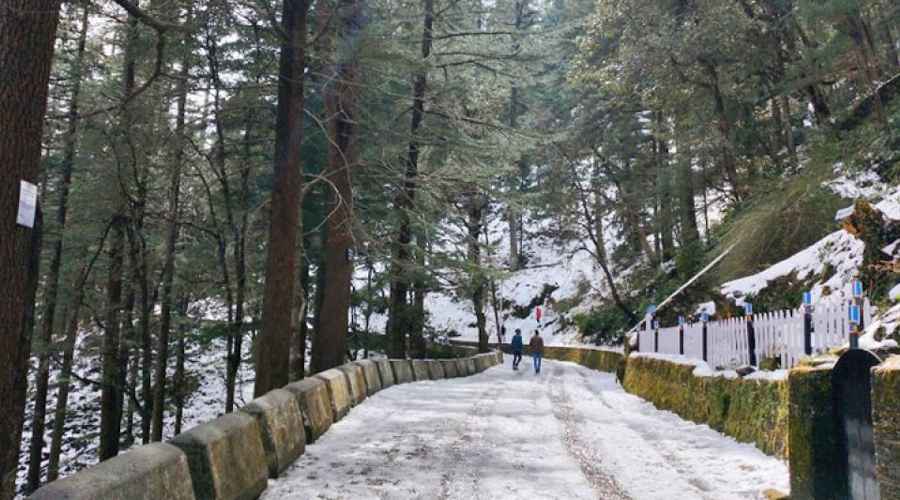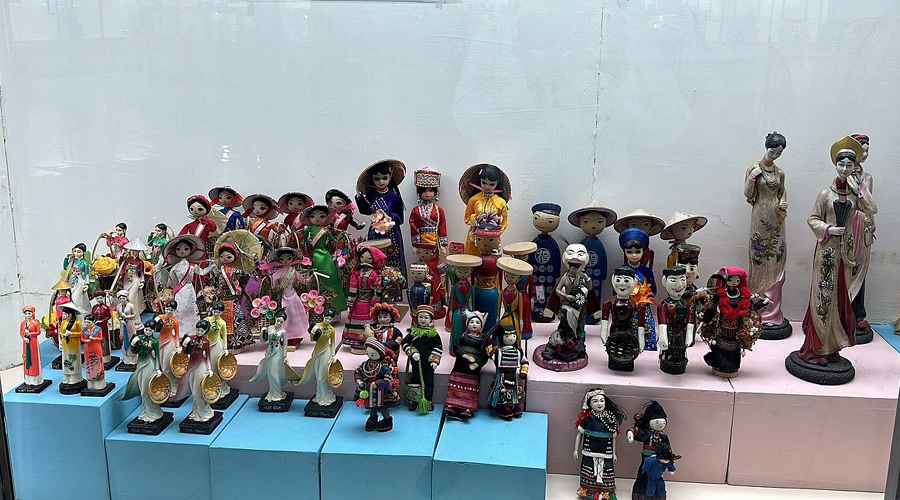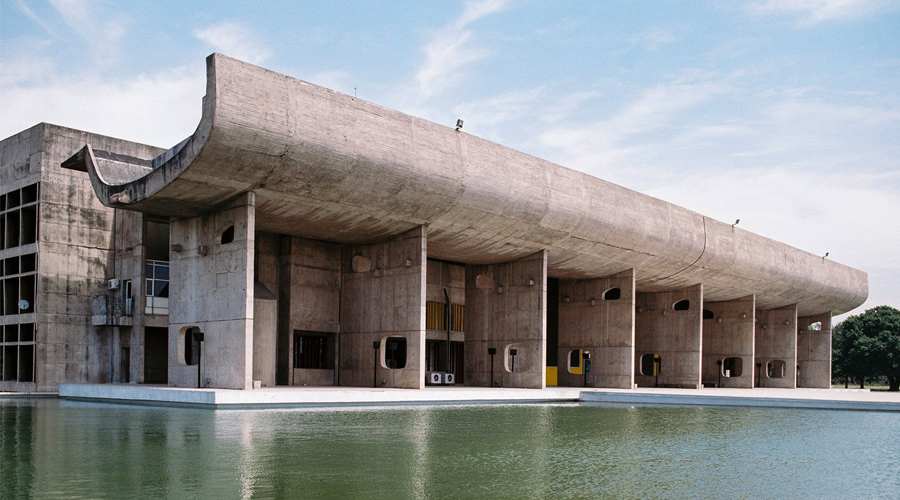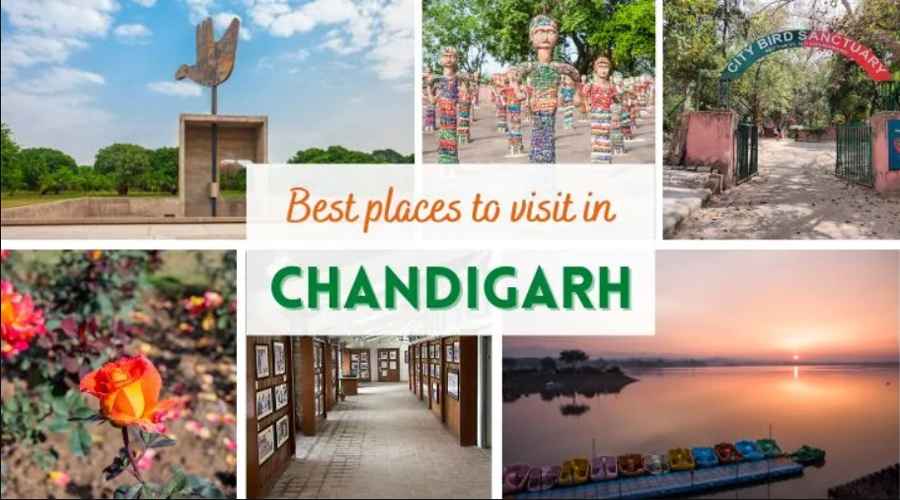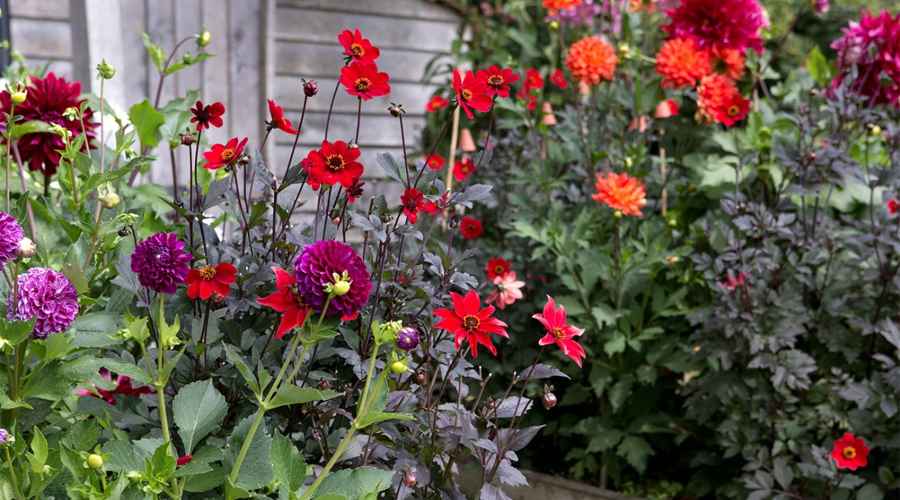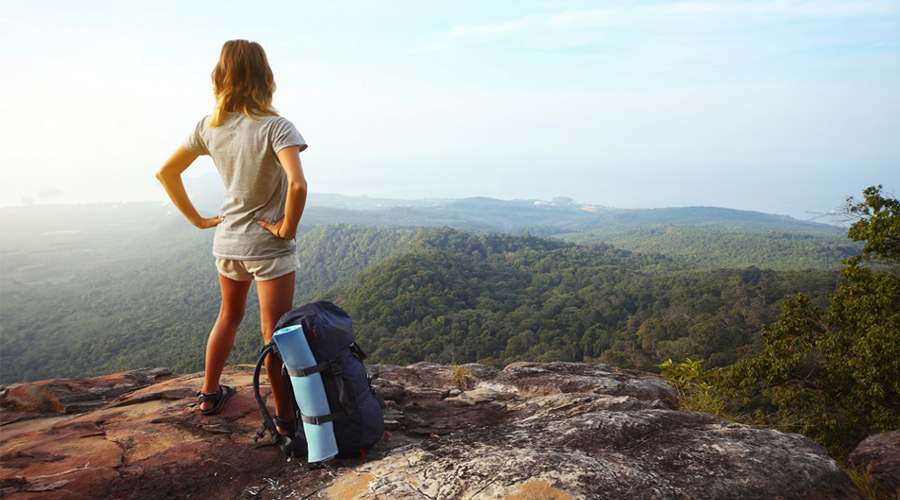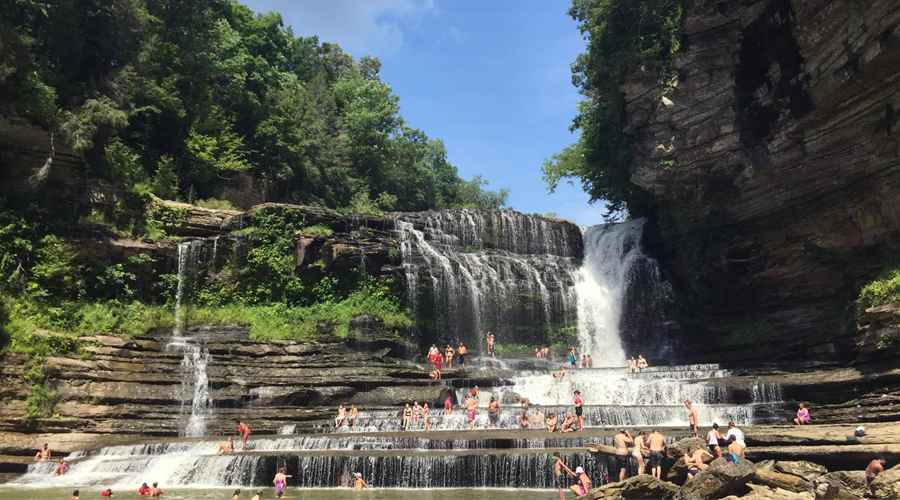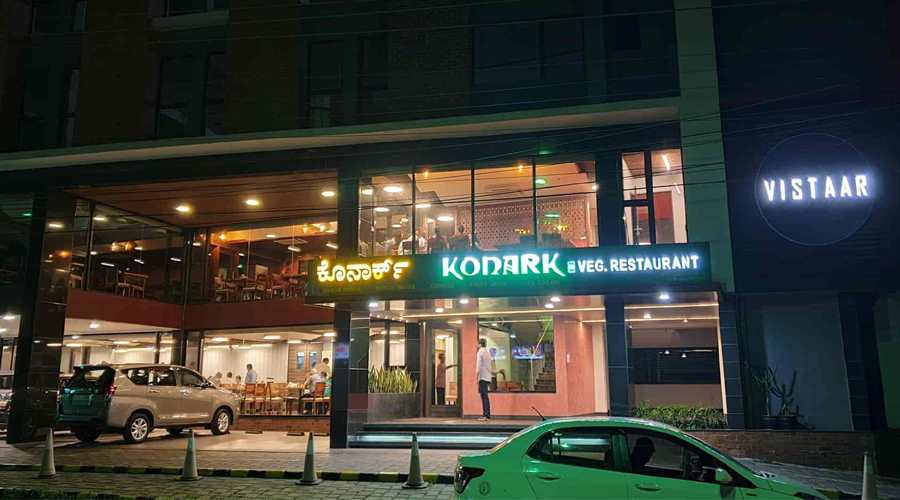Nestled in the quiet embrace of West Bengal’s East Midnapore district, the Khirai Flower Garden—often called the “Valley of Flowers of Bengal”—is a tapestry of color and rural life that has bloomed into a destination for nature lovers, travelers, and photographers alike. Perched near the banks of the Kansai (Kangsabati) river and close to the Panskura region, Khirai is an agricultural marvel where farmers transform fertile alluvial plains into vast carpets of blossoms every winter.
The Geography: A Riverbank in Full Bloom
Khirai is a small village near Panskura, approximately two hours by train or road from Kolkata. The flower fields are uniquely situated on both sides of the railway track, set beside the rippling waters of the Kansai river. The region’s nutrient-rich soil and steady river flow create ideal conditions for the cultivation of a staggering variety of flowers.
During winter, as far as the eye can see, the land is painted in swathes of yellow, orange, pink, and red—a mosaic born of marigolds, chrysanthemums, gladiolus, cockscomb, asters, and zinnias. The sight is reminiscent of a living Persian carpet unrolled along the Bengal countryside.
History and Emergence
While flower cultivation in Bengal has deep roots, Khirai’s transformation into a floral hub is a post-independence story. Smallholder farmers, recognizing the region’s agricultural promise, began cultivating ornamental flowers for local and regional markets. Over time, their expertise grew, and Khirai’s fields began supplying flowers not only to Kolkata and surrounding districts but to neighboring states as well. Today, Khirai is renowned for both scale and quality, often drawing comparisons to Himalayan valleys famed for their wild flora.
The Flowering Season
Though flowers are grown year-round, the most spectacular bloom comes in winter, especially from December to February. At this time, the mild sun and cool winds coax a burst of color from the earth, and visitors flock to see the gardens at their peak. Marigold, in shades of gold and orange, dominate, accompanied by rows of pink, crimson, and white chrysanthemums and gladiolus standing tall in neat formations. The sheer diversity and density of flowers make this season a photographer’s paradise.
Horticultural Practices and Community Life
Life in Khirai revolves intimately around the annual flowering cycle. Families work in the fields year-round, tending, watering, and harvesting. Flower seeds and saplings are carefully sourced, with traditional knowledge blending seamlessly with modern horticultural practices. Small farm plots have gradually been consolidated into larger co-operative ventures, allowing farmers to meet rising demand and maintain consistent quality.
The gardens are not just a rural spectacle—they form the economic backbone of many local families. Flowers from Khirai find their way to markets, wedding ceremonies, religious rituals, and festival decorations throughout eastern India. This makes the success of each flowering season critical to local prosperity.
The Visitor Experience
A visit to Khirai Flower Garden is a sensory delight. The journey, often by slow train on the Howrah-Midnapore or Howrah-Kharagpur line, itself is an experience as the countryside unfurls outside. Upon arrival at Khirai or Panskura station, visitors see firsthand the expanse of fields bursting with blooms stretching to the horizon.
Picnics amid the flowers are popular during peak season, though visitors are gently reminded to respect the crops and livelihoods by not trampling on the blossoms. Rural walks, photography sessions, and simple moments of quiet reflection are some of the joys of time spent here. The gentle hum of insects, the calls of local birds, and the fragrance of a thousand different flowers combine to create an unforgettable atmosphere.
How to Reach and Where to Stay
Khirai is best reached by train from Kolkata (Howrah station), with frequent locals to Kharagpur or Midnapore, alighting at Khirai or Panskura. From there, local rickshaws or “Toto” electric vehicles ferry visitors to the flower fields. By road, the journey from Kolkata takes two to three hours, making it ideal for a day trip.
While there is no organized tourist infrastructure in Khirai itself, basic accommodation is available in Panskura. Most visitors choose to return the same day, although the dawn and dusk light are particularly beautiful for photography.
Responsible Tourism and Local Impact
The rise in popularity of Khirai Flower Garden as a tourist spot has brought additional income but also fresh challenges. Farmers and local guides urge visitors to tread lightly—both literally and figuratively—by respecting boundaries, not littering, and avoiding the use of plastic. The hope is that sustainable, low-footprint tourism will enable Khirai to prosper without losing its rural charm or agricultural productivity.
A Living Canvas
Khirai Flower Garden stands as a remarkable example of human endeavor harmonizing with nature. The landscape, refreshed each winter into a living canvas, offers a glimpse of Bengal’s rural heart and its cycles of toil and beauty. The colors may fade with the changing seasons, but the memory of Bengal’s own Valley of Flowers lingers, drawing new visitors and inspiring villagers to continue their labor of love.
